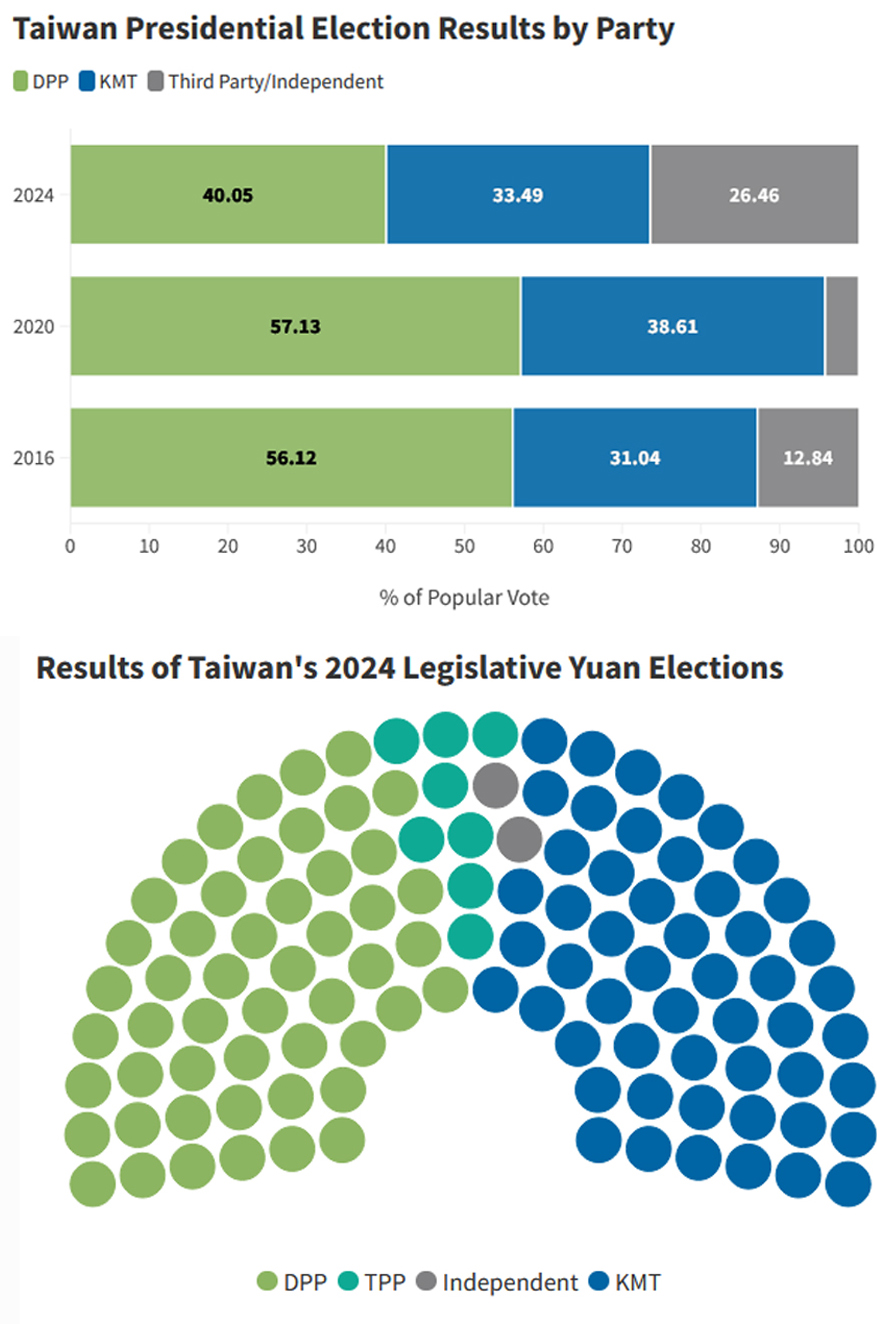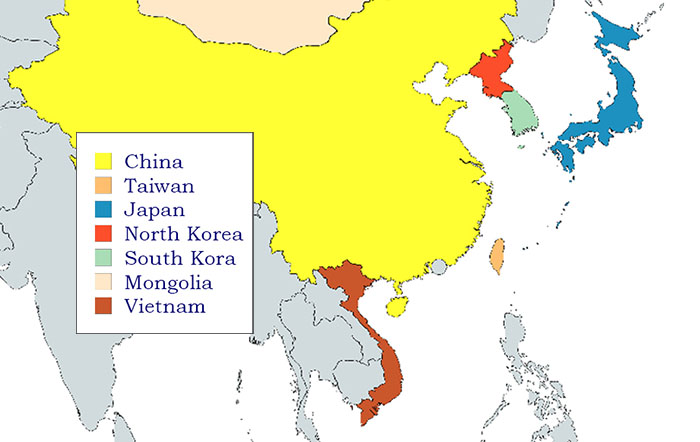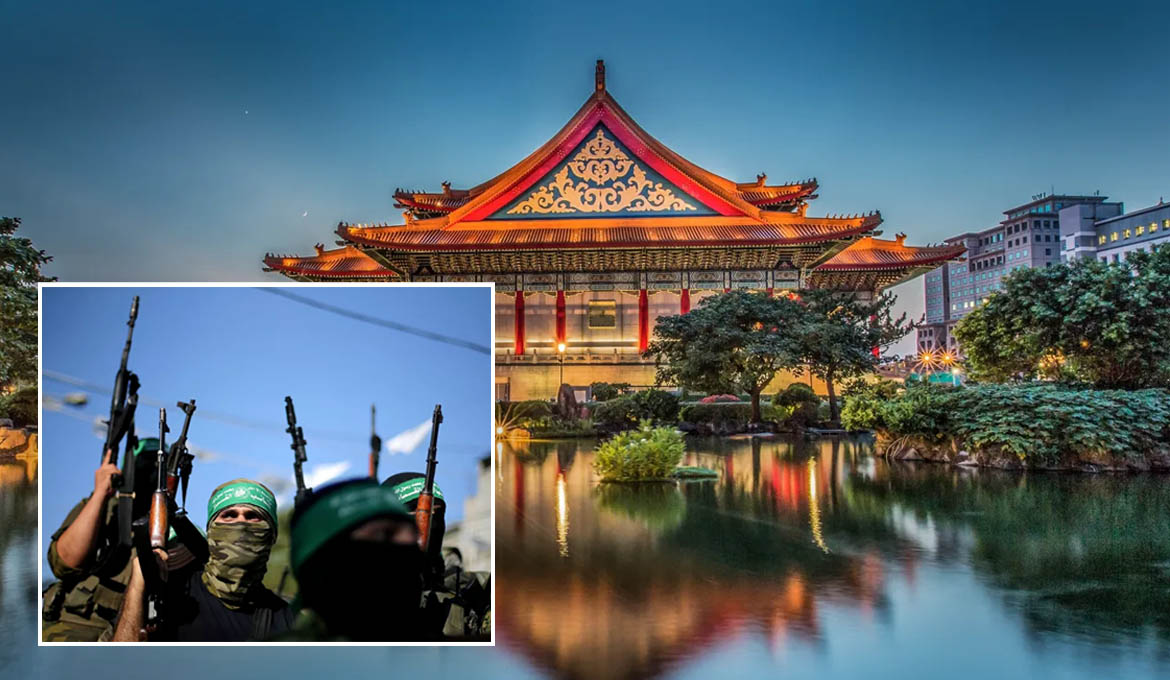Soon after the 2024 presidential election, Taiwan’s military announced its intention to start using temples and other religious buildings to store ammunition in case of a war with mainland China. The proposal has sparked strong reactions—also among members of the country’s new President Lai Ching-te’s own party.
The plan is considered ”a blatant disrespect to our gods” and being ”utterly immoral and tarnishes the faith of the Taiwanese people.”
This is the question asked by over 80% of the island’s population who are Buddhists and Taoists:
”Who would want our fellow citizens, our children, to be killed in the midst of their worship?”.
Julian Kao, a former member of parliament and from the same party as the separatist president Lai Ching-te:
”There is a need for the military to clarify whether it tries to imitate Hamas in the event of a cross-strait conflict.”
The Imperial Factor
In the wake of the Taiwanese military’s controversial decision U.S. Secretary of Defense Lloyd Austin recently announced the largest upgrade of U.S. command capabilities in Japan since the end of World War II:
”The United States will upgrade the U.S. Forces Japan (USFJ) to a joint force headquarters with expanded missions and operational responsibilities..
This will be the most significant change to U.S. Forces Japan since its creation—one of the strongest improvements in our military ties with Japan in 70 years.”
The threat against the US from China is not military, but stems from its industrial production capacity. All Washington needs to do to ”win” in a war ”against China” is to ensure the destruction of civil society and industrial production capacity on both sides of the Taiwan strait.
Preparing the Public
When the new TV series Zero Day premieres in Taiwan in 2025, the conditioning of the public will be further ramped up.
The show’s remarkably long trailer (17 minutes), which has already been released, is in itself a memento about what Taiwan can expect to see in the near future.
The trailer can be seen below:
The Political Stage
The political scene in Taiwan is dominated by three parties: the separatist Democratic Progressive Party (DPP), which formed the government in January 2024; the island’s oldest political party, Kuomintang (KMT); and the Taiwan People’s Party (TPP), whose leader wants Taiwan to become a bridge between East and West—and not a pawn in a great power struggle.
Beijing and KMT both have similar agendas: a gradual rapprochement between Taiwan and the mainland, which, at some point in the future, may result in political reunification.
The DPP’s victory in the 2024 election is not an expression of people in Taiwan growing more separatist-minded, but the result of electoral mathematics.
The separatist DPP (light green colour in the diagram below) actually collapsed in the January-election from nearly 60% voter support to 40%. The reason DPP still forms the government is thanks to cooperation with TPP, the big winner in terms of growth.
In the parliament, KMT (blue) dominates with 52 seats, compared to DPP’s 51.

The Historical Perspective
The driving force in the friction between Taiwan and mainland China is not related to ethnicity, nor is it a historical struggle for independence.
Since the 1600s, Taiwan and mainland China have had the same population, Han Chinese. Throughout this period, it has been one country. The longest exception was Japan’s 50-year occupation of Taiwan between 1895 and 1945, the end of World War II, when the US nuked Imperial Japan into submission.
This is why politicians on both sides of the Taiwan Strait view China as one.
It can be argued that the real bone of contention is who will be in the driver’s seat—once political reunification has been achieved.
Should Taiwan be incorporated into mainland China, or should Taiwan take it over?
Between 1949 and 1988, Taiwan actually pursued the agenda to take over mainland China. It did so, backed by the US.
Taipei’s decision to abandon this ambition came nine years after US President Richard Nixon, in 1979, had dropped the project and instead sought rapprochement with communist China.
NewsVoice asked China’s embassy in Stockholm about Beijing’s current view on the situation. The response put emphasis on the Cairo Declaration of 1943, where the US, UK, and China, publicly and in an international treaty, confirmed that Taiwan and mainland China are the same country:
”Over its 5,000-year history, China has created a splendid culture that has shone throughout the world from past times to present and has made an enormous contribution to human society. After a century of suffering and hardship, the nation has overcome humiliation, emerged from backwardness, and embraced boundless development opportunities. Now, it is striding towards the goal of national rejuvenation.
Embarking on a new journey in a new era, the CPC and the Chinese government will continue to rally compatriots on both sides of the Taiwan Straits and lead the efforts to answer the call of the times, shoulder historic responsibilities, grasp our fate and our future in our own hands, and work hard to achieve national reunification and rejuvenation.
The journey ahead cannot be all smooth sailing. However, as long as we Chinese on both sides of the Taiwan Straits devote our ingenuity and energy to the same goal, let there be no doubt—we will tolerate no foreign interference in Taiwan, we will thwart any attempt to divide our country, and we will combine as a mighty force for national reunification and rejuvenation. The historic goal of reuniting our motherland must be realized and will be realized.”

Sources
- South China Morning Post: Taiwanese military bid to store ammunition on temple grounds during wartime sparks outcry
- The State Council Information Office the People’s Republic of China: Full text: The Taiwan Question and China’s Reunification in the New Era
- Japan Times: In historic move, U.S. to upgrade military command structure in Japan
- CSIS: Taiwan’s 2024 Elections: Results and Implications
- Wikipedia: Taiwan
- Wikipedia: 1943 Cairo Declaration

